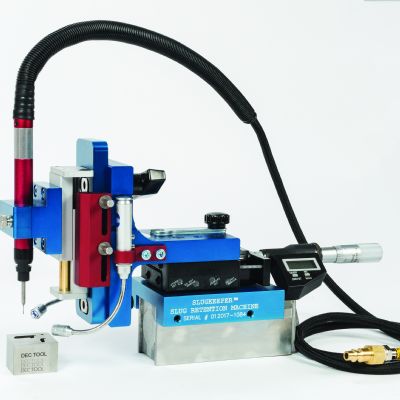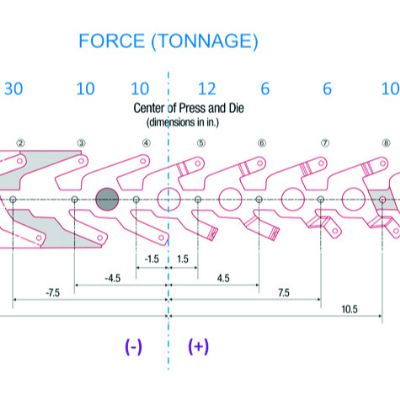Die Maintenance. Die Repair. What’s the Difference?
November 8, 2005Comments
Fixing broken pads, welding a damaged die section or replacing pilots that have pierce holes in a progressive die is die repair. Sharpening cutting sections because of normal wear, Cleaning the dies and inspecting them for loose dowels or sections, and resurfacing and lubricating components as necessary is die maintenance.
If you find your daily activities include task such as fixing broken pads, welding a damaged die section after a dowel falls out of the upper half, digging two parts out of a draw die, or replacing pilots that have pierce holes in a progressive die, that’s die repair.
Unnecessary die repair stems from several basic shortcomings, namely, poor die design, setup procedures, tool design, and maintenance techniques.
It’s discouraging how many die maintenance programs revolve around a poor die design. For example, let’s say coil springs are breaking in the die every 2,000 strokes of the press. To ensure that they are replaced before breakage, you could schedule spiring replacement every 1,500 strokes. However, the springs should actually last at least 10 times longer than that.
Most likely, the root of the problem is that the die in which the spring is used was designed improperly or that the spring is deflecting far beyond its most effective rate. The long-term solution is to fix the root of the problem by using a longer spring or gas cylinder.
If your daily activities consist of sharpening cutting sections because of normal wear, replacing sprigs before their expected life cycle, periodically cleaning the dies and inspecting them for loose dowels or sections, and resurfacing and lubricating components as necessary, that’s die maintenance.
Unfortunately, most of the individuals given the job title “die maintenance” spend little time executing actual preventive maintenance. Most of the time they are running around the stamping shops like chickens with their heads cut off, trying to put out major production fires—addressing splitting problems in a forming die; trying to make adjustments for a 90-deg. bend; and shimming this, that, and the other thing in an effort to make ether parts fit in the checking features.
True preventive maintenance procedures involve items that need to be addressed regularly, regardless of how well the die was engineered.







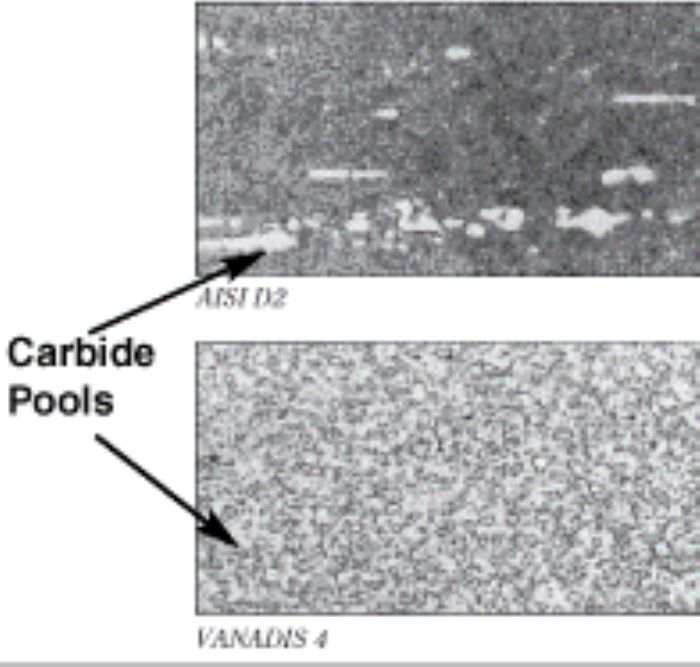
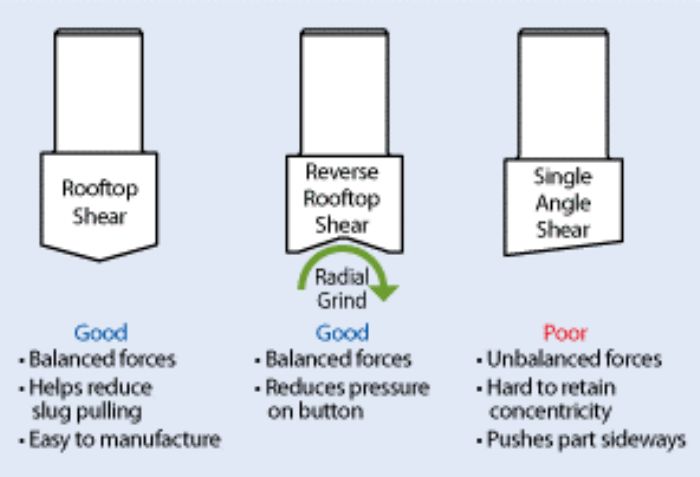 There are just a few of the basic maintenance items that need to be addressed. Create your own list based on your needs, but be sure you’re
setting a true die maintenance program and not a die repair program.
There are just a few of the basic maintenance items that need to be addressed. Create your own list based on your needs, but be sure you’re
setting a true die maintenance program and not a die repair program. 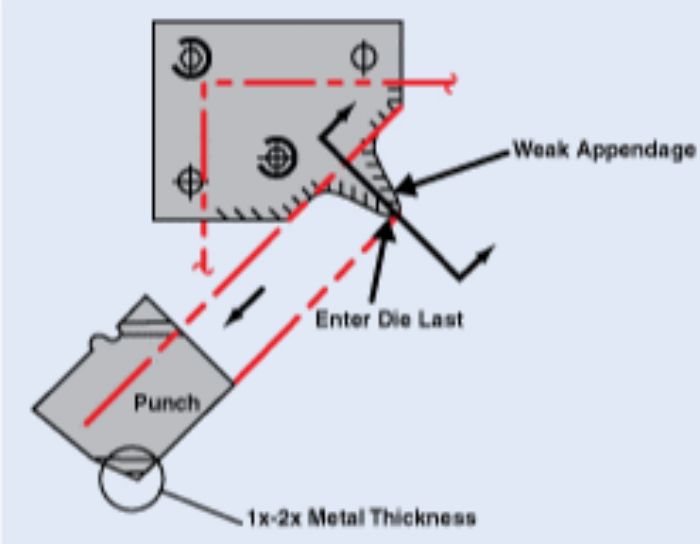 Shimming die sections be necessary to maintain the timing of
each die station. Following are some guidelines for shimming:
Shimming die sections be necessary to maintain the timing of
each die station. Following are some guidelines for shimming: